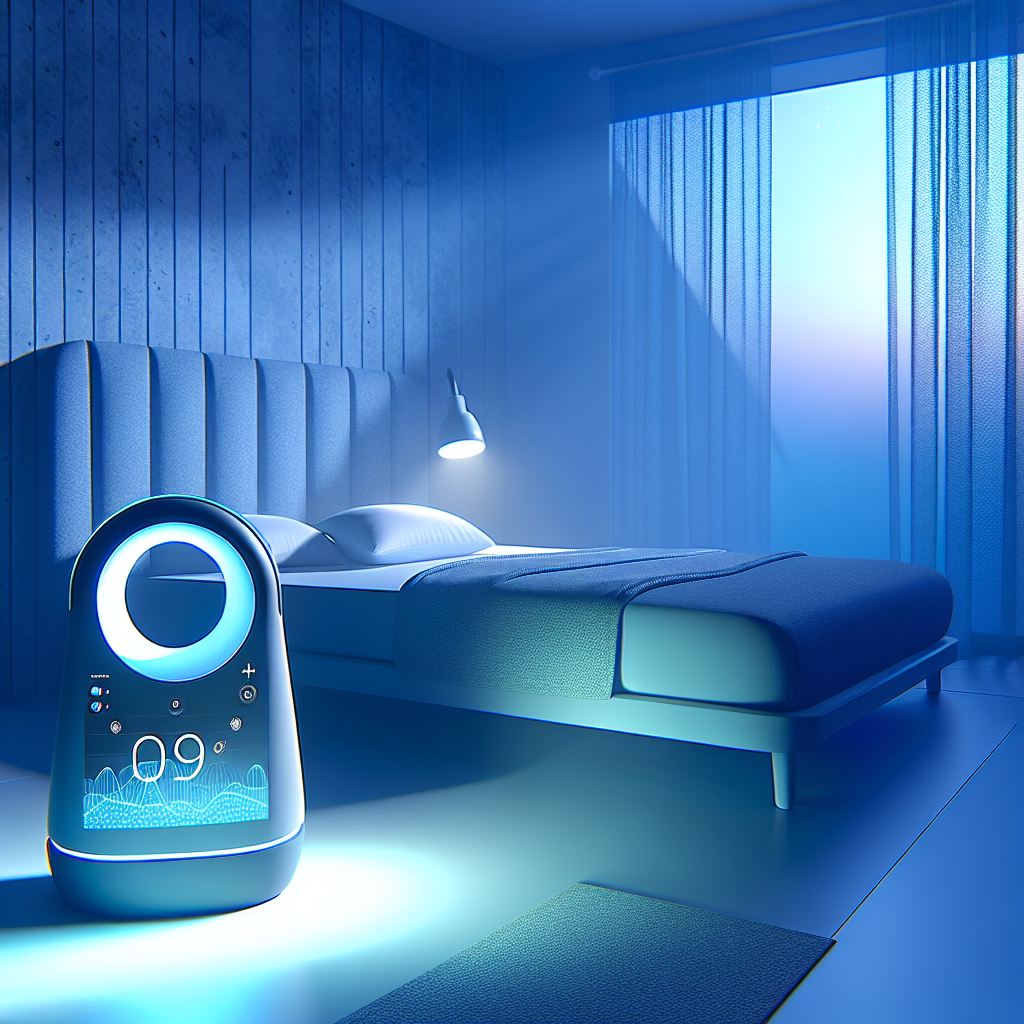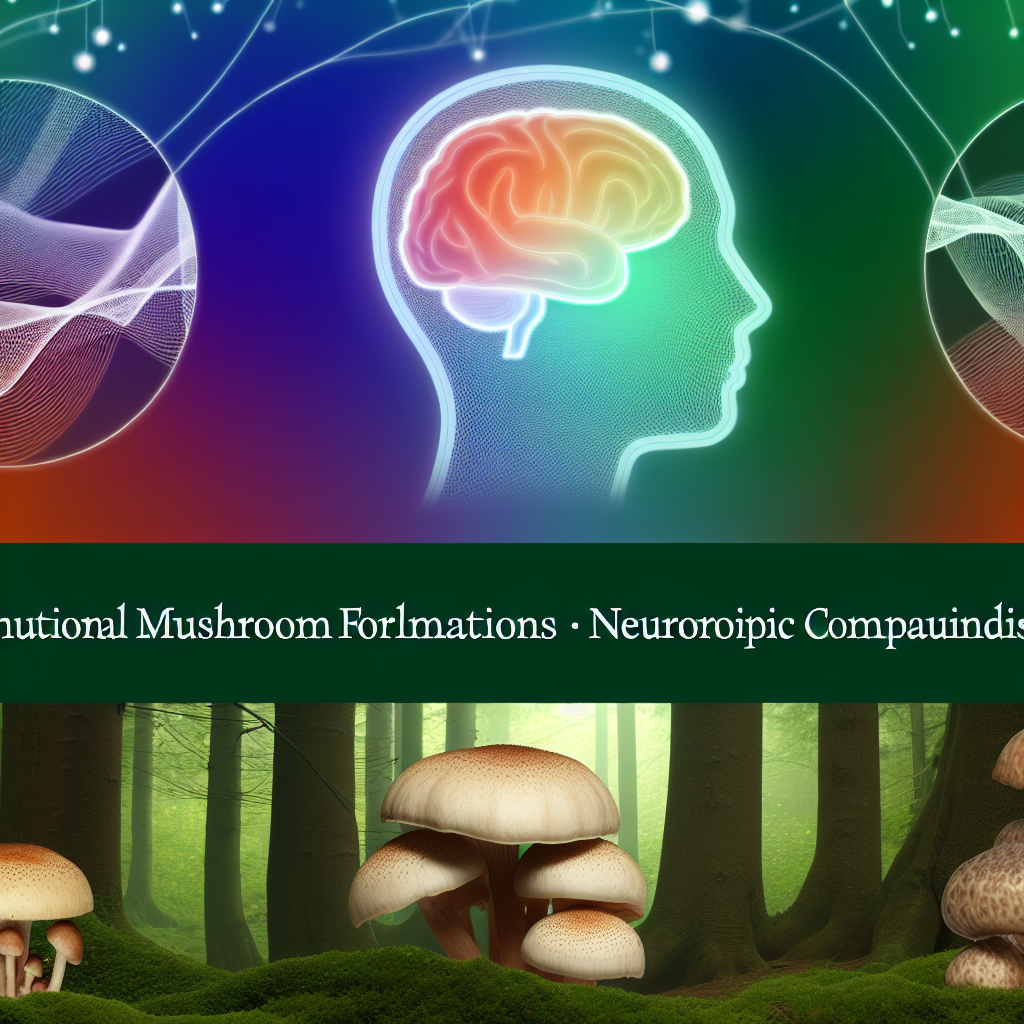Disruptive nocturnal behaviors are acts or occurrences that occur during sleep and are considered aberrant. These habits frequently cause disturbances to either the individual or their sleep companion. Not only can these behaviors range from minor to severe, but they can also substantially impact the quality of sleep and overall well-being.
The following are some instances of common nocturnal behaviors that are disruptive:
Dozing off (also known as somnambulism)
Slow-wave sleep, also known as deep sleep or the third stage of the sleep cycle, is the stage of sleep associated with sleepwalking, a complex behavior condition also known as somnambulism.
Compared to the other sleep stages, this stage is characterized by a state of profound relaxation in the body, and the brain is less active than previous stages.
Those who suffer from sleepwalking may be able to get out of bed and participate in a variety of activities while still being semi-conscious. They may have their eyes open, but their cognitive and sensory abilities are considerably compromised.
Sleepwalkers can do various activities, such as strolling around the house, turning on lights, opening doors or windows, and even engaging in more complex activities such as driving a car or making a meal.
Sudden awakenings accompanied by great fear or panic are called sleep or night terrors.
Although sleepwalking is more prevalent in children, affecting as much as fifteen percent of the pediatric population, it is still possible for adults to experience it, albeit on a far less frequent basis. A number of elements, including genetic, physiological, and environmental, are thought to be involved in the development of sleepwalking. The actual cause of sleepwalking is not completely understood.
Several other factors, including stress, inconsistent sleep habits, and the use of particular medications, can also bring on these episodes of sleepwalking.
Even though sleepwalking is not typically regarded as dangerous, it can present hazards, particularly if the individual engages in actions that could result in injury, such as leaving the house or falling down stairs.
It is essential for people who experience sleepwalking and their loved ones to take the necessary precautions to ensure their safety. These include securing the home, removing any potential risks, and, in certain instances, seeking medical counsel or treatment.
Sudden awakenings accompanied by great fear or panic are called sleep or night terrors.
The act of speaking while unconscious, frequently in a manner that is incomprehensible.
A REM sleep behavior disorder, often known as RBD, is characterized by the physical manifestation of dreams, such as punching, kicking, or yelling.
Certain stages of sleep are frequently associated with these activities, which can be both frightening and bothersome. Suppose you or someone you know is experiencing nocturnal activities that are severe or chronic. In that case, it is essential to seek the examination and treatment of a healthcare expert.

Dominic E. is a passionate filmmaker navigating the exciting intersection of art and science. By day, he delves into the complexities of the human body as a full-time medical writer, meticulously translating intricate medical concepts into accessible and engaging narratives. By night, he explores the boundless realm of cinematic storytelling, crafting narratives that evoke emotion and challenge perspectives.
Film Student and Full-time Medical Writer for ContentVendor.com




